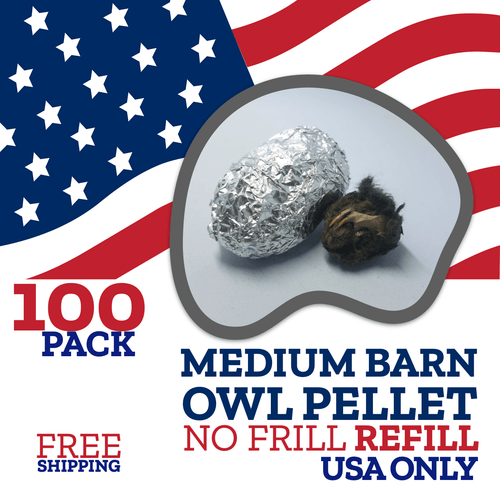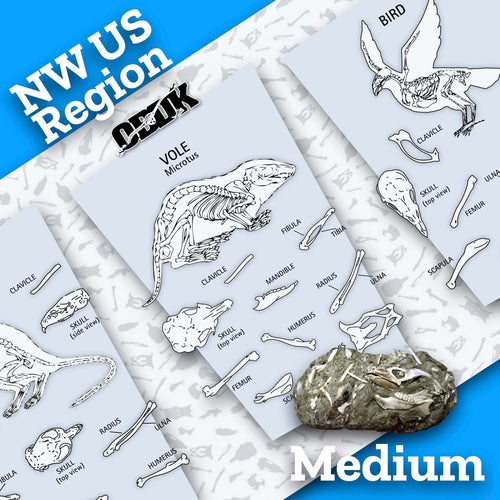|
White-backed Vultures are found in several regions of Africa.1 They usually hang out in savannas or woodlands.2
These vultures have dark faces with white necks. Their wings are brown and white, and they have white feathers on their backs – hence their name!1
White-backed vultures nest around other vultures.2 They’ll build their nests in tall trees and the female will lay one egg.1 Both the males and females will incubate the egg and will share the responsibility to care for the offspring until it is ready to go off on its own.2
Like other vultures, they eat carrion and help prevent diseases from spreading throughout the environment. Groups of white-backed vultures make quick work of carcasses – a group of 100 of them can completely clean a carcass in three minutes!2
These birds, although they’re considered the most widespread vulture in their regions, are listed as endangered.1
Poisoning is the number one reason for this. Often, humans will poison the carcasses of their livestock in an effort to retaliate against predators, like lions. However, poisoning the carcass often poisons other animals, too, not just the ones targeted.2 Because so many vultures will eat from the same carcass, when it’s poisoned, it can quickly diminish their population numbers.3
Poachers also tend to poison vultures via a similar method – and it’s to cover their tracks. If the vultures get sick and die at an illegally hunted down carcass, then they won’t be circling in the sky and rangers won’t be notified of a recently killed animal.2
Other threats to these birds are being killed to eat or to use parts of them in traditional medicine.1 Additionally, interruptions to their habitat can affect their ability to hunt for food.3
Keep reading: find more information about your favorite animals on our blog!
|





